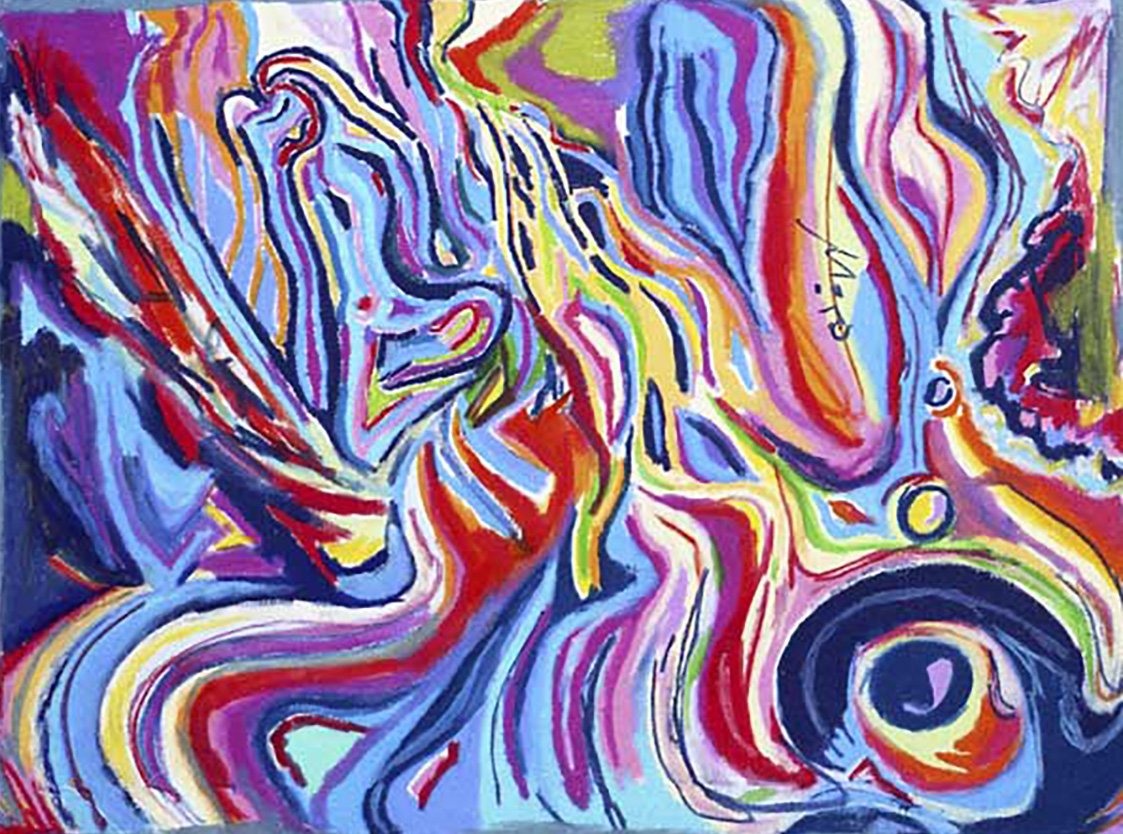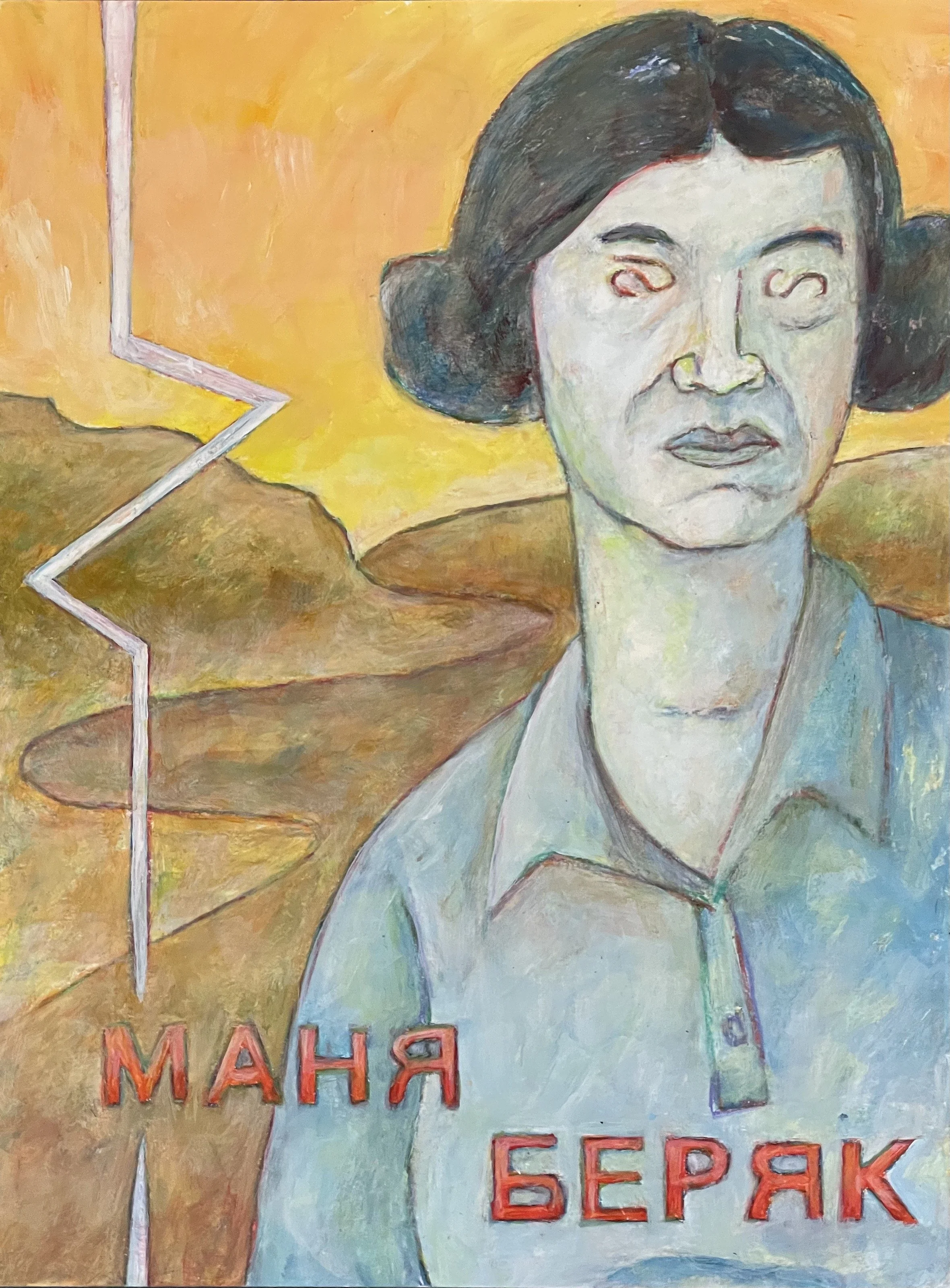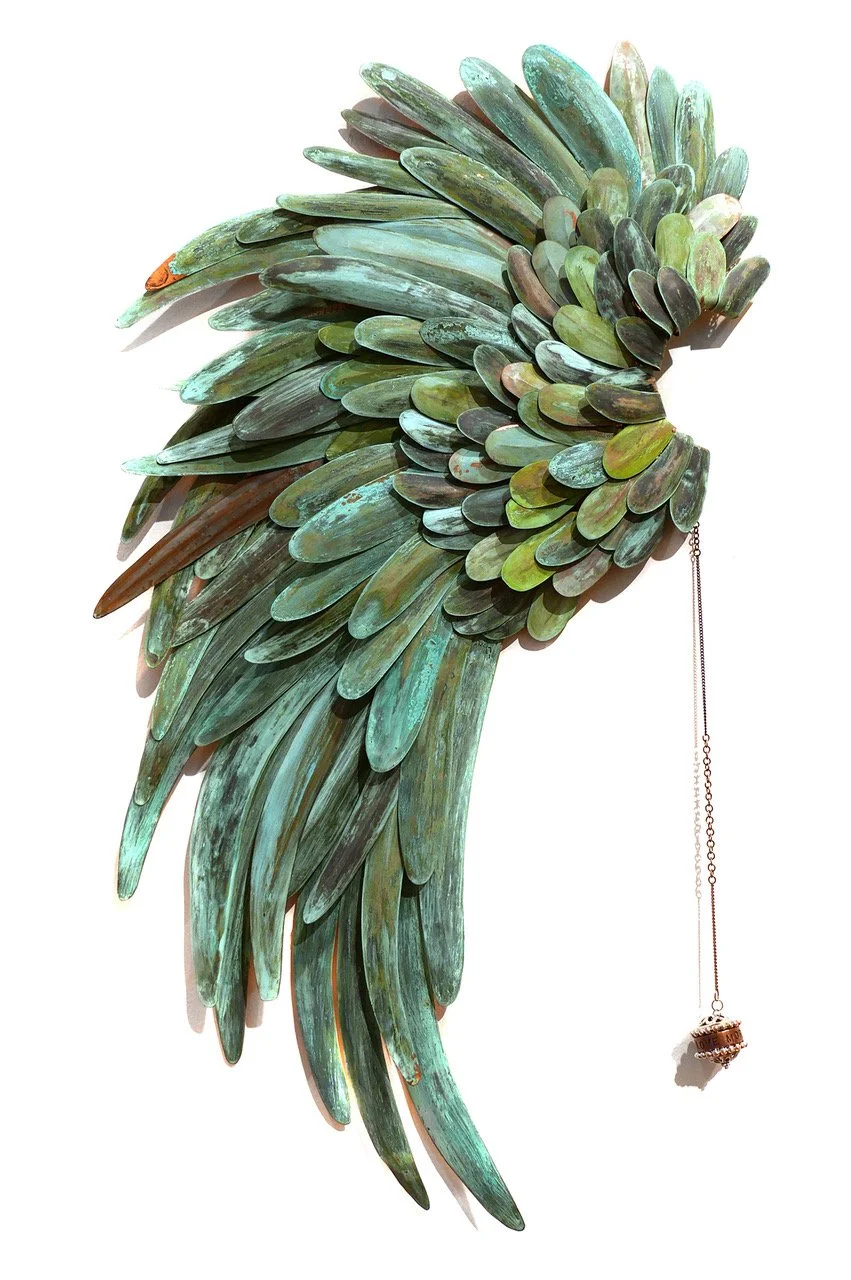Interview with Miro Frei
Miro Frei was born 1974 in the small town Aarau in Switzerland where he also grew up. He studied history, geography and German studies at the University of Zurich. He had been working as an artist since 2004. In 2007 he exhibited his paintings at the Kraftwerk gallery in Berlin. In 2009 he was asked to participate in the Florence Biennale. Frei’s installation „Dada is growing up” in 2014 at the artclub in Cologne received a lot of attention. Also in 2014, he exhibited his paintings in a show of the art scene Berlin at the Petrus Church in Berlin Lichterfelde. After the Florence Biennale 2013 he decided to exhibit at the Artifact gallery in Lower East Side. In January 2022 he exhibited at the Kunsthalle Bern. In 2023, he graduated from the F+F School of Art and Design with a degree in art. Further expositions in Berlin, Innsbruck, Zurich and near Zurich.
Growing up near Aarau, Switzerland, how did your hometown and its surroundings influence your early interest in art?
I'm not aware of having been surrounded by much art in my childhood. There was no art gallery in the village. The village museum was limited to describing rural origin. I certainly benefited from piano lessons with a very dedicated teacher. During the holidays, we always went to Italy, where I could admire a lot of ancient art and beautiful cities. Then I enjoyed my education at a humanistic grammar school.
As someone who studied history, geography, and German studies at the University of Zurich, what was the turning point that led you to pursue art seriously?
There was no turning point but my entry into art took place over several steps. I lived with a filmmaker and we went to the movies almost every day. Another step was to go to the studio of an artist friend every week. Then I took painting lessons at the art school of Zurich (“Kunsti”) for 7 semesters. As I painted in a Berlin studio for 3 months, I had to admit to myself that deep down I had always wanted to do this. Several people around me supported me in this discovery process.
How did moving to Berlin in 2005 shape your artistic style and career? Can you describe the influence of the city's cultural environment on your work?
When I came to Berlin, I soaked up all the art in the metropolis. Similar as a baby at the mother's breast: the Neue Nationalgalerie, the Gropius Bau, the Brücke Museum, the Holocaust Memorial.
I experienced Berlin as an extreme broadening of horizons. It felt like an arrival. I went to one happening after another with 4 art students. It was so easy to get to know new artists.
The exhibition of Brücke-artists at the Neue Nationalgalerie left a lasting impression. The exhibition was like a caesura. I subsequently painted in an expressionist style myself, after copying several paintings by Ernst Ludwig Kirchner.
Your first solo show in 2007 at the Kraftwerk gallery in Berlin was a significant milestone. How did this experience shape your future artistic endeavors?
I attended a nude drawing. There I met the director of a producer gallery. When he spoke to me, I said I was just a small fish. He replied that they were all small fishes. An hour later, the contract was signed. I showed 70 pictures at the solo exhibition. I began to paint large-format pictures. Suddenly I felt that I was one step ahead as an artist. I made new contacts.
In Berlin I experienced a lot of goodwill for being an artist. I found this incredibly motivating. I was surrounded by thousands of young artists from all corners of the world who all wanted to be discovered.
Meeting Marina Abramovic at the Florence Biennale in 2009 was a profound experience for you. How did her radical language and works inspire your artistic direction?
Abramovic convinces me by creating powerful images that truly burn themselves into your brains.
I began to paint on a black background. I see that as a radical decision. I don't think my series "flowering bodies" would have been possible without Abramovic's influence.
After participating in the Florence Biennale again in 2013, you received attention from galleries in New York City. What do you think attracted these galleries to your work?
I have often wondered why I was contacted by several galleries from New York City. I don't know why. At the Florence Biennale before, I didn’t noticed a big interest in my pictures.
Your 2017 exhibition at the Artifact gallery in New York's Lower East Side was met with great reception. What did you aim to convey through this exhibition, and how was it received by the audience?
The series "flowering bodies" was created in anticipation of the art metropolis. I wanted to show these paintings. But my gallery owner thwart my plans. He wanted to show older pictures. I recognized this as a desire to sell works. After all, my expressive paintings had repeatedly sold well. At the same time, I had the impression that my current painting style was being ignored.
I definitely wanted to have "Aids sufferer, listening" at the show in the Lower East Side. For a moment, I was one of the successful ones. But I had always imagined success differently.
In Lower East Side I was open to new input. But I felt as if the city was calling out to me, stay who you are.
In 2014, you organized the international group exhibit "Form bewegt Farbe". What challenges and rewards did you encounter while curating this exhibit, and how did it impact your perspective as an artist?
One motivation was clearly to exhibit artist friends and benefit from their own experience. My aim was to show the other artists in the best light. But I hadn't expected that the project would require such a huge effort. One realization was never to exhibit again an artist whose work I am not completely convinced of. Since that experience I am familiar with the look of a gallerist.
Your artist statement mentions, "In the cosmos, it is first of all black. This must be endured. And only then can individual strokes of color breathe life into the world." Could you elaborate on this philosophy and how it is reflected in your art?
By this I mean the need to bring light and life to earth. Whatever that means. Black stands for hostility to life, for senselessness, listlessness, lack of prospects and black means lack of energy.
And black is also a metaphor for the experience of standing on the edge of the abyss, where every further step would be fatal.
With your works represented in collections across various cities and the support of foundations, what do you see as your legacy in the art world? What are your future plans or upcoming projects?
Do I have a legacy? What a big word! No, I don't have any legacy. But I do have a request: there should be more togetherness among human beings again. And that the really malicious people on this planet have less to laugh about. I have the FIA Barcelona and the Scope in Miami on my radar.





















